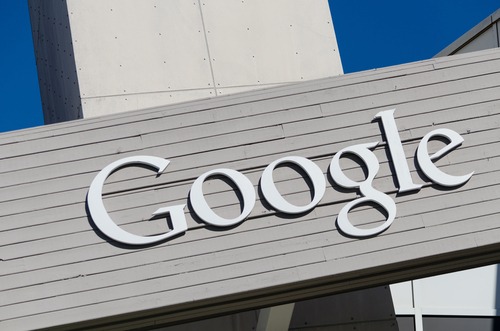Key Takeaways
- Google Ads conversion goals will no longer set automatically after November 17, 2025.
- Advertisers must set goals manually using CustomerConversionGoal.biddable.
- Manual setup gives you precise control and better campaign efficiency.
- Acting now helps you avoid irrelevant bidding signals and wasted budget.
Google Ads conversion change: What you need
Starting November 17, 2025, Google Ads conversion settings change. Instead of automatic defaults, you must pick goals yourself. This update uses CustomerConversionGoal.biddable. Therefore, you’ll need to act before the deadline. With manual setup, you’ll align your ads with real business aims. As a result, you can boost efficiency and return on investment.
Understanding Google Ads conversion changes
Google Ads conversion settings have always worked automatically. However, the new rule drops auto defaults. Now, you must assign each conversion action to your main goal. Although this may sound complex, it adds flexibility. Instead of one-size-fits-all, each campaign can target its unique goal. Consequently, you’ll avoid mismatched signals that cost money.
What Is Changing in Google Ads conversion?
First, Google will stop choosing a default goal for you. Second, your campaigns will pause conversion tracking if no goal is set. Third, you must use CustomerConversionGoal.biddable to set a conversion as biddable. Finally, automated bidding strategies depend on your manual configuration. Without the right goal, your bidding may flounder.
Why You Should Act Now
If you delay, your ads may bid on irrelevant events. As a result, you risk higher costs and lower returns. Moreover, setting goals early gives you time to test. You can adjust targets before the busy season arrives. In turn, this steady improvement can save budget. Therefore, start planning your updates today.
How to Set Up Goals Manually
Step 1:
Review your current conversion actions. List events you want as biddable goals.
Step 2:
Access your Google Ads account settings. Navigate to conversion goals.
Step 3:
Use the CustomerConversionGoal.biddable attribute. Mark your chosen actions as biddable.
Step 4:
Verify each goal in your campaign settings. Ensure each campaign points to the right conversion action.
Step 5:
Monitor performance closely. Adjust goals or values as you gather data.
Tips for Better Campaign Efficiency
Focus on high-value actions first. For example, form submissions often matter more than page views. Next, assign clear value metrics to each conversion. This helps bidding algorithms learn faster. Also, avoid duplicate or low-relevance events. They can muddy your signal and waste spend. Moreover, group similar conversion actions together. This creates stronger data for smart bidding. Finally, review goals monthly to keep them aligned with business objectives.
Avoiding Common Pitfalls
It is easy to pick too many goals. As a result, your bidding can become unfocused. Instead, pick one primary goal per campaign. Likewise, don’t mix brand awareness metrics with sales goals. These signals conflict and confuse smart bidding. Meanwhile, ensure your tracking code is up to date on all pages. Broken tags mean lost conversion data and wasted opportunities.
Measuring Success After the Change
Once you switch to manual goals, watch key metrics closely. Track cost per acquisition and return on ad spend. Compare these to past performance to see gains. Over time, you should notice more consistent bidding and fewer wasted clicks. If results dip, revisit your goal settings and conversion values. Small tweaks can lead to big improvements.
Preparing Your Team and Workflow
Inform your marketing team about this change right away. Create a calendar reminder for the November 17, 2025 deadline. Train staff on using CustomerConversionGoal.biddable. Document your new goal-setting process for future hires. This ensures smooth handoffs and consistent performance.
Looking Ahead
After you master manual goal setup, explore additional features. For instance, experiment with value rules to adjust conversion values by location. You can also test offline conversion imports. These help you see real-world sales impact. By staying proactive, you maintain an edge over competitors who delay.
FAQs
What happens if I don’t set a conversion goal manually?
If you don’t pick a goal, your campaigns may stop bidding properly. This leads to wasted budget and poor performance.
How do I use CustomerConversionGoal.biddable?
In your Google Ads interface, edit a conversion action. Check the option to make it biddable. Save changes and assign it to campaigns.
Can I change goals after November 17, 2025?
Yes, you can update your goals anytime. Regular reviews and tweaks help maintain efficiency.
Will this change affect all bidding strategies?
Yes, both automated and manual strategies rely on the goals you set. Proper setup ensures each strategy works as intended.

